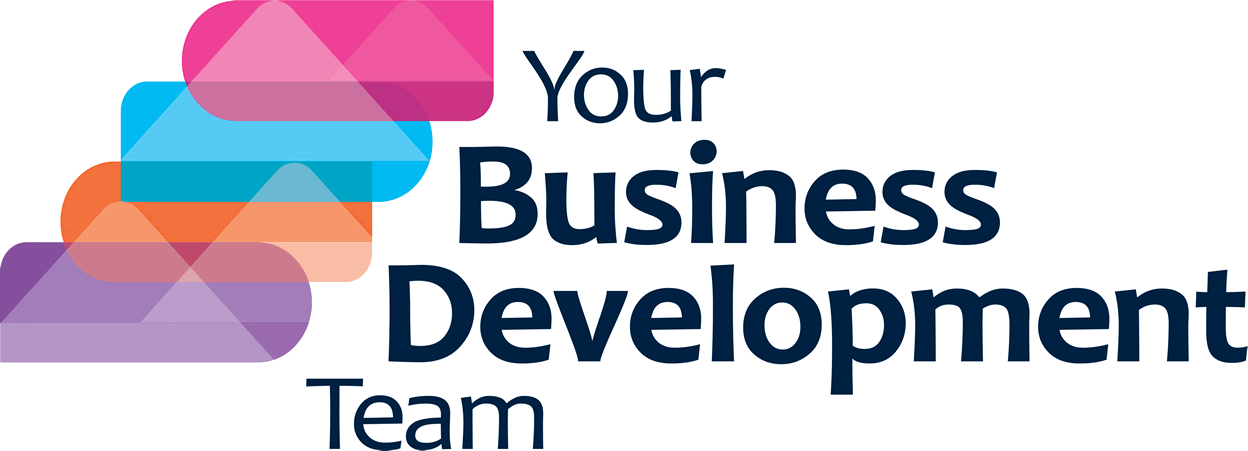Ensuring a steady stream of potential customers is essential for survival and growth. This is where pipeline development comes in. It’s not just a buzzword; it’s a strategic process that can significantly impact your bottom line. Pipeline development is the process of identifying, qualifying, and nurturing potential customers or clients as they move through the various stages their buying process. It’s a proactive approach to sales that focuses on building relationships and creating a continuous flow of leads, prospects, and ultimately, closed deals.
Why is pipeline development important?
- Predictable revenue: A well-maintained pipeline allows you to forecast revenue with greater accuracy, making it easier to plan and allocate resources effectively.
- Consistent growth: By focusing on consistent lead generation and nurturing, you reduce the risk of experiencing fluctuations in sales and safeguard a steady stream of new business opportunities.
- Improved customer relationships: Pipeline development emphasises relationship building throughout the sales process, leading to stronger customer connections and increased loyalty.
- Increased sales efficiency: By prioritising the most promising leads and opportunities, your sales team can work more efficiently and close deals faster.
How does pipeline development fit into your current activities?
Pipeline development isn’t just for large businesses. It’s a valuable asset for teams of all sizes. Whether your sales team is 1 or 100 people, incorporating pipelines can yield significant benefits. Pipeline development should be an integral part of your overall sales and marketing strategy, integrated into your existing processes and activities.
- Lead generation: Continuously generating new leads through various channels like content marketing, outreach activities, social media, events, and referrals.
- Lead qualification: Assessing and prioritising leads based on their fit with your ideal customer profile and their likelihood to convert.
- Lead nurturing: Building relationships with leads through targeted communication, content, and engagement to move them along the sales funnel.
- Sales conversion: Closing deals with qualified leads through effective sales conversations and proposals.
Are you doing enough pipeline development?
Ask yourself these questions to decide if your pipeline development is working effectively.
- Do you have a clearly defined target audience?
- Are you consistently generating new leads?
- Do you have a system for qualifying leads?
- Are you actively nurturing your leads?
- Do you track your pipeline metrics regularly?
If the answer to any of these questions is “no,” then you might not be doing enough. Remember, pipeline development is not a one-time activity. It’s an ongoing process that requires continuous effort and refinement, and there are some steps that you can take to improve your pipeline including:
- Setting clear goals: Define your target audience, ideal customer profile, and revenue targets.
- Diversifying your lead sources: Don’t rely on a single channel for lead generation.
- Investing in lead nurturing: Provide valuable content and personalized communication to build relationships with your leads.
- Tracking your progress: Regularly analyse your pipeline metrics to identify areas for improvement.
- Adapting and evolving: Your pipeline development strategy should be flexible and responsive to changes in the market.
The question with these steps is of course “how.” YBDT have been supporting business’s pipeline development for 9 years. Investing in well-defined and integrated pipeline development support you can ensure a consistent flow of new business opportunities, improve customer relationships, and achieve greater predictability in your sales and revenue.
Make sure you are doing enough pipeline development by booking a discovery call with YBDT today.










